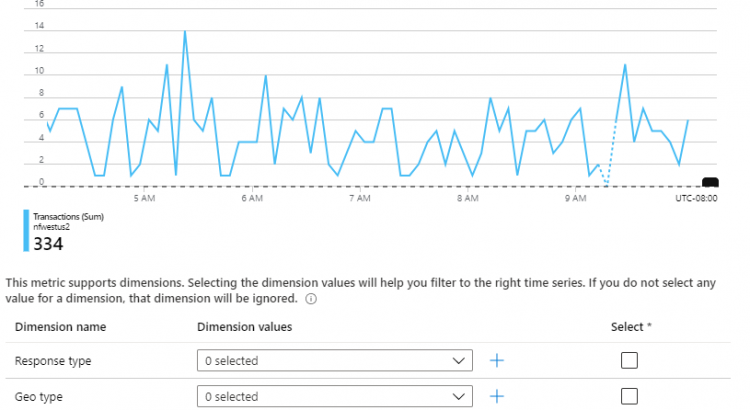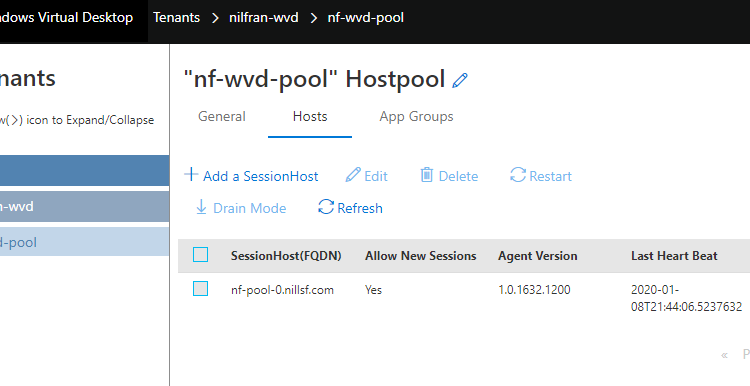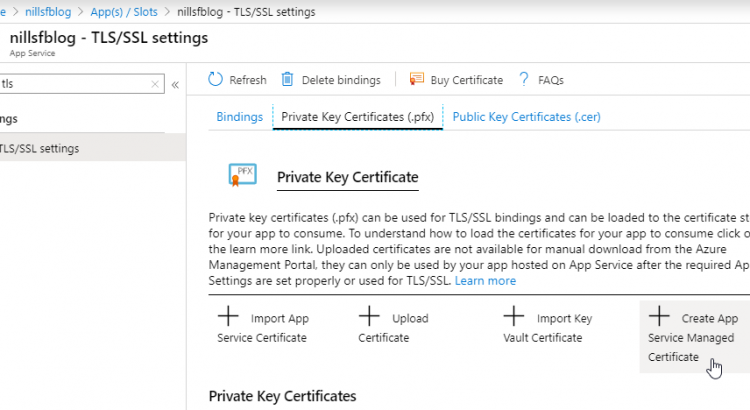I recently re-imaged my laptop to a clean Windows 10. I haven’t yet taken the time to re-setup my Linux setup on top of Windows 10. In this post, I’ll walk you through how to setup WSL2, in combination with the (new) Windows Terminal and oh-my-zsh. WSL stands for the Windows Subsystem for Linux. WSL […]
Author: nillsf

Adding alerts to Azure Storage metrics
For every system you use, monitoring and alerting is critical. This holds true for Azure storage as well. In this quick post I’ll explain how you can setup alert rules for hitting TPS limits. Setting up the alert To set up the alerts, navigate to your storage account, look for Alerts, and hit the “New […]

Setting up the WVD management tool
If you’ve followed along with my experiences, you might have noticed I have been dealing with Windows Virtual Desktop (WVD) for a while. My previous posts describe how to set it up, and how to integrate FSlogix. In this post, I want to explore another item, which is the WVD management tool. Currently, the management […]

Changing from Let’s Encrypt to an App Service Managed Certificate
A couple of months ago, I moved my blog from wordpress.com to my own hosting on Azure. Afterwards, I setup SSL using a Let’s Encrypt free certificate. This process is using an opensource plugin into App Service to communicate to Let’s Encrypt. Recently, Microsoft announced free certificates for App Service custom domains. These certs are […]

Analyse Storage Account logs using Python in Azure Notebooks
Azure Storage can provide you detailed log information about all transactions happening against your storage account. There are default metrics that are gathered and shown through Azure Monitor. Additionally, you can configure logging on the storage account that give you a log information on a per request basis. Analyzing these logs can be a bit […]
